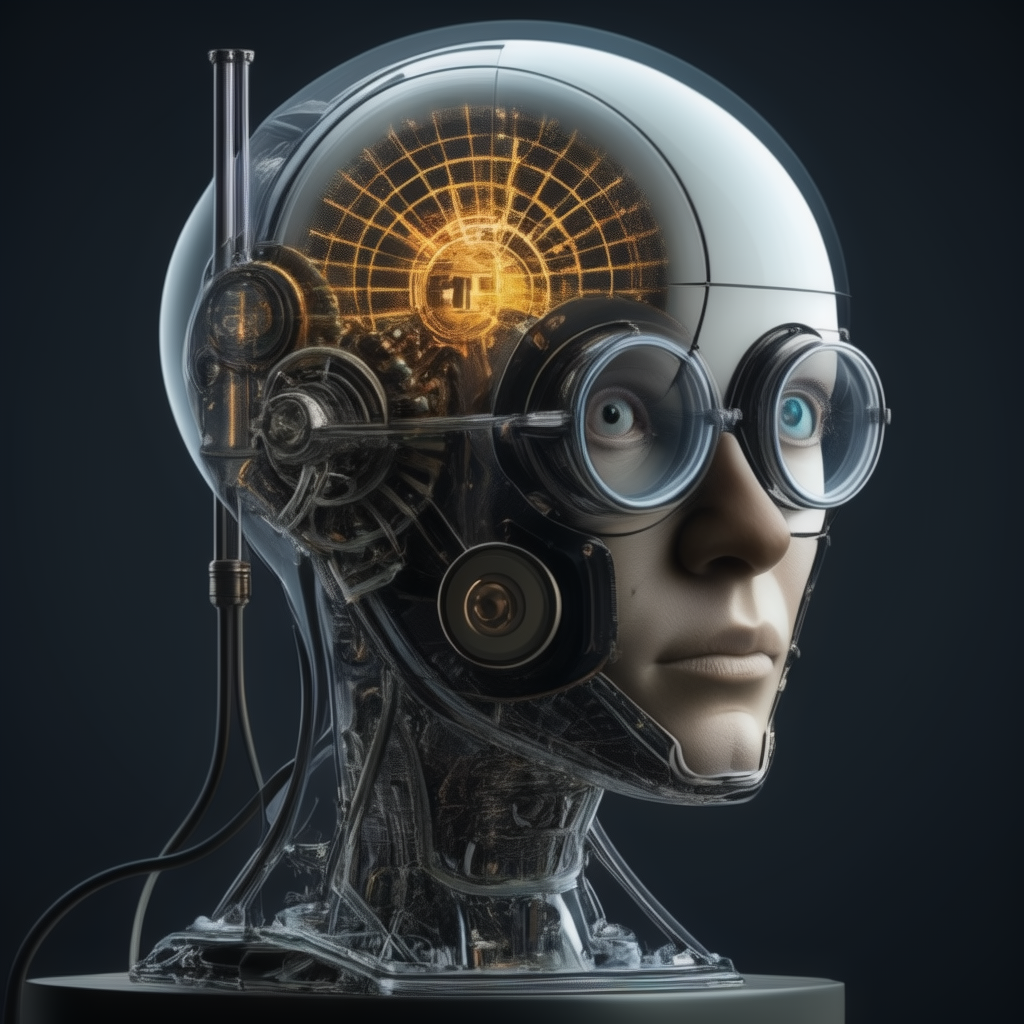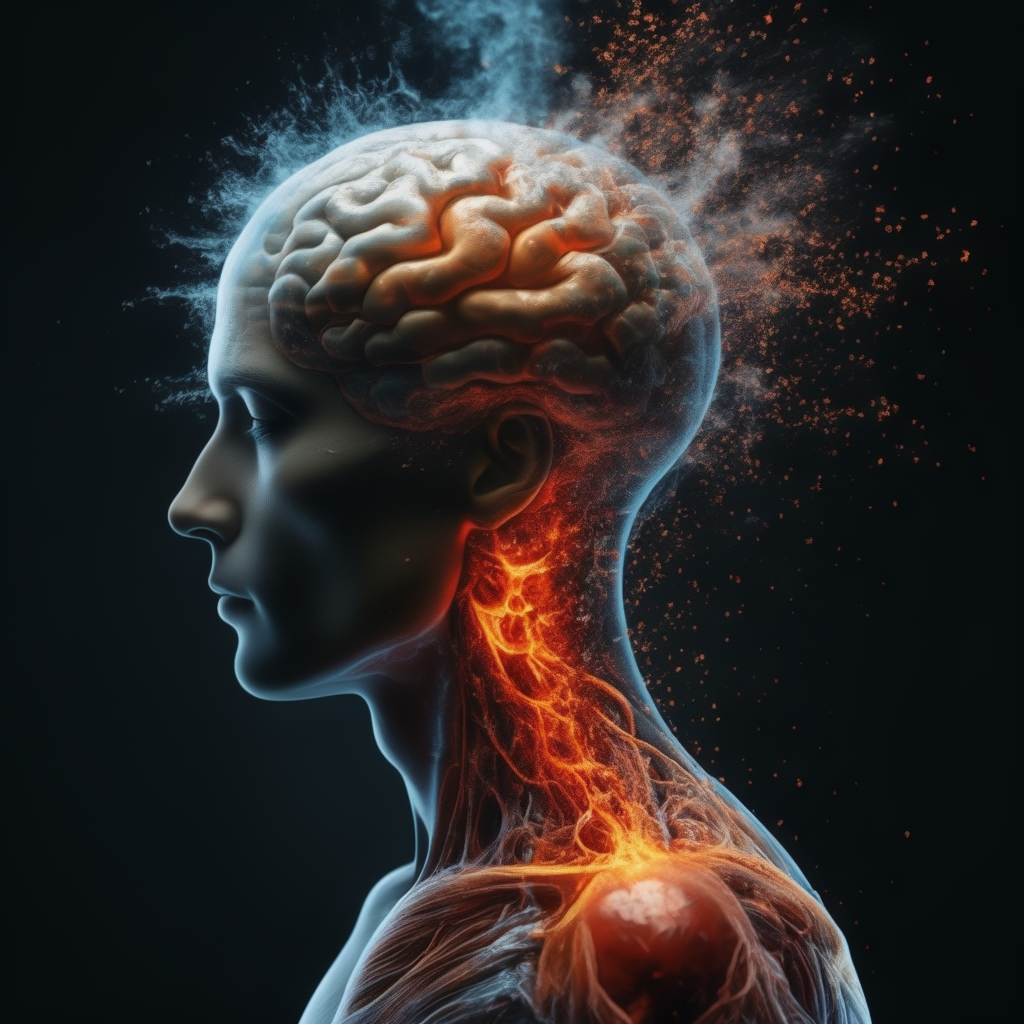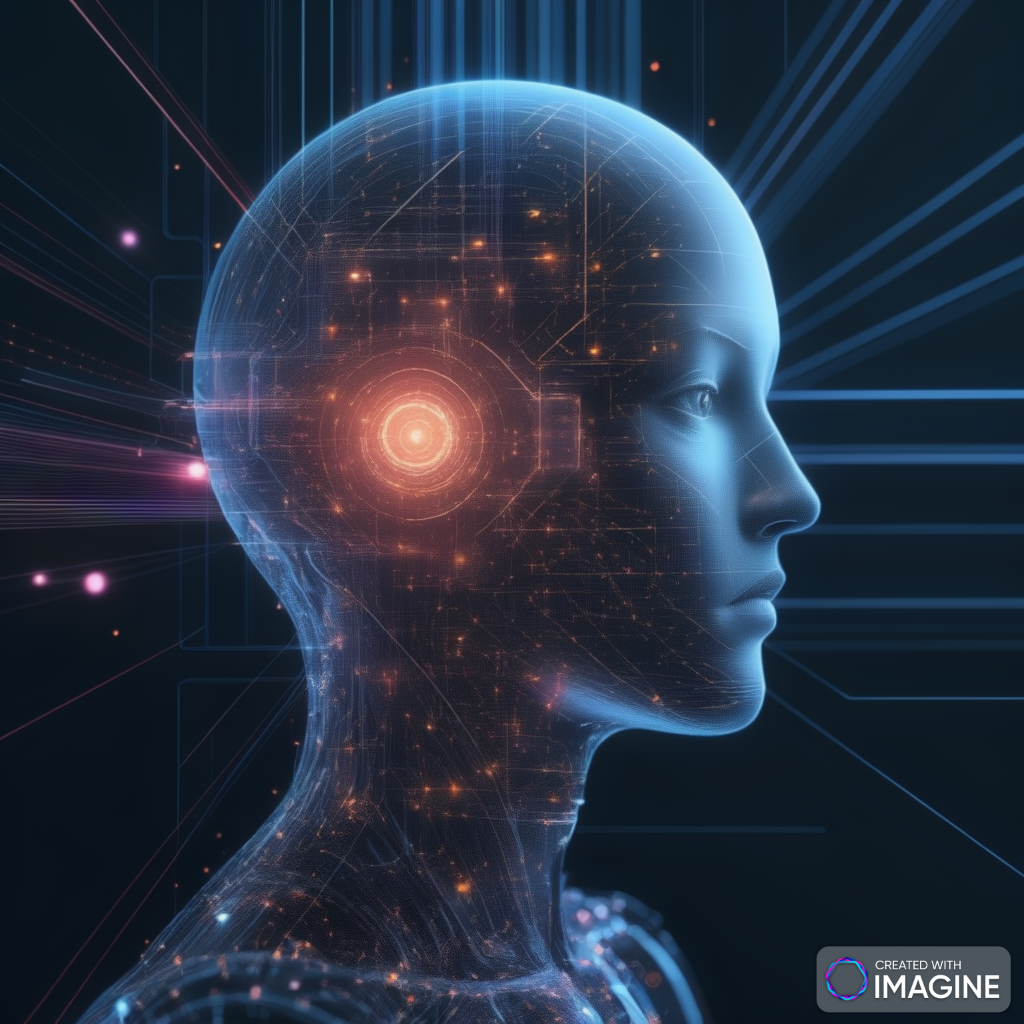Exploring Factored Representations in AI: Key Techniques and Algorithms
Artificial Intelligence (AI) is advancing rapidly, and many of its core methodologies rely on what are called factored representations. These representations allow complex systems to be broken down into simpler, more manageable components or factors, enabling more efficient computation and better understanding of how various elements in a system interact.
Factored representations play a crucial role in areas such as constraint satisfaction, propositional logic, planning, Bayesian networks, and machine learning algorithms. Each of these domains leverages the power of decomposition to solve complex problems more effectively. In this blog post, we’ll explore these key areas and how factored representations contribute to their success.
What Are Factored Representations?
Factored representations refer to a system where a complex problem is broken down into a set of variables, each representing a specific aspect or “factor” of the problem. These variables can then be manipulated individually or in groups to perform computations. The advantage of this approach is that instead of dealing with a monolithic, complex system, algorithms can focus on smaller subsets, making both computation and reasoning more manageable.
Key Areas Where Factored Representations Are Used
1. Constraint Satisfaction Problems (CSPs)
Constraint satisfaction problems (CSPs) are a class of mathematical problems where the objective is to find values for variables that satisfy a set of constraints. This framework is widely used in AI applications like scheduling, resource allocation, and automated reasoning.
- Factored Representation in CSPs: In CSPs, factored representations allow a problem to be expressed in terms of variables and constraints. Each variable can take on values from a specific domain, and constraints dictate the allowable combinations of values between variables. By breaking the problem down into these components, CSP algorithms can work more efficiently using strategies like backtracking, local search, and constraint propagation to solve problems.
- Example: A classic example is the N-Queens problem, where the goal is to place N queens on a chessboard such that no two queens threaten each other. The factored representation would treat the board as variables (rows and columns), and the constraints would ensure that no queens share the same row, column, or diagonal.
2. Propositional Logic
Propositional logic is the branch of logic where statements are either true or false. It forms the basis of reasoning systems used in AI, where facts and rules are used to infer new knowledge.
- Factored Representation in Propositional Logic: In this context, a factored representation breaks down the logic system into individual propositions or variables, each representing a distinct fact or truth. Algorithms can then manipulate these propositions using logical operations (AND, OR, NOT) to perform reasoning tasks. The use of factored representations allows for efficient satisfiability checking and other logical operations.
- Example: In a knowledge base system, propositions like “It is raining” (P) and “I will carry an umbrella” (Q) can be represented as variables. A logical rule might state that if P is true, Q should also be true (P → Q). Factored representations allow for efficient reasoning by separating these variables and evaluating them independently.
3. Planning
AI planning refers to the process of generating a sequence of actions that lead to a specific goal. This is essential in robotics, autonomous systems, and decision-making processes.
- Factored Representation in Planning: In AI planning, a problem can be factored into states, actions, and goals. The state space is broken down into individual variables representing aspects of the world. Actions are transitions between these states, and goals are specified conditions that need to be achieved. Factored representations help algorithms such as state-space search and partial-order planning work by focusing on specific subsets of the state space, leading to more efficient search strategies.
- Example: Consider a robot navigating a grid to reach a target location. The factored representation would break down the environment into grid cells (states), with actions corresponding to movements between cells. By focusing only on relevant states and actions, planning algorithms can find optimal or near-optimal paths to the target.
4. Bayesian Networks
Bayesian networks (BNs) are graphical models that represent probabilistic relationships between variables. They are used extensively in areas like decision-making, medical diagnosis, and machine learning.
- Factored Representation in Bayesian Networks: Bayesian networks rely on factored representations to express the conditional dependencies between variables. Each node in the network represents a variable, and edges represent probabilistic dependencies. This factored representation makes it possible to compute joint probabilities efficiently, even for large and complex systems.
- Example: In a medical diagnosis application, a Bayesian network could model the relationships between diseases and symptoms. Each variable (symptom or disease) would be a node in the network, with probabilistic edges representing how the presence of one affects the likelihood of the other. This allows the system to perform inference efficiently, determining the likelihood of a disease given observed symptoms.
5. Machine Learning Algorithms
Machine learning algorithms often work with large datasets, where the goal is to find patterns, make predictions, or classify data points. Factored representations enable these algorithms to handle high-dimensional data more effectively.
- Factored Representation in Machine Learning: In many machine learning algorithms, factored representations are used to decompose data into feature sets. Each feature represents a different factor or attribute of the data, such as a person’s age, height, or weight in a health prediction model. Factored representations allow algorithms like decision trees, support vector machines, and neural networks to learn from data by considering these individual factors independently and in combination.
- Example: In a classification problem, such as predicting whether an email is spam, the factored representation would break down the email into features (e.g., presence of certain keywords, length of the email, sender’s domain). Each of these factors contributes to the final classification decision, and algorithms use these factors to generalize patterns in the data.
Benefits of Factored Representations in AI
- Efficiency: Breaking down a problem into smaller parts allows algorithms to work on subsets of the data or the problem space, which reduces the computational complexity.
- Modularity: Factored representations enable modular reasoning, meaning that each factor can be manipulated or reasoned about independently, making the system more flexible.
- Scalability: As AI systems grow in size and complexity, factored representations help in managing the growth by maintaining simplicity in each factor. This makes the system scalable to larger datasets or more complex problems.
- Comprehensibility: Decomposing problems into factors improves human understanding of how AI systems work, which is critical for areas like explainable AI.
Advanced Aspects of Factored Representations in AI: Beyond the Basics
Building on the foundation of factored representations in AI, there are several advanced concepts and approaches that further illustrate their importance. This section delves deeper into these advanced aspects, expanding on how factored representations are applied in AI research and development, across more sophisticated domains.
1. Hierarchical Factored Representations
Factored representations can be organized hierarchically, allowing for multi-level abstraction. At each level, a problem can be factored into sub-problems, and each sub-problem can be further broken down into smaller components.
- Advanced Insight: Hierarchical representations are particularly useful in domains like robotics and natural language processing (NLP), where multiple layers of abstraction are required. For instance, a robot might first factor its task into high-level goals (e.g., “navigate to kitchen”), then into specific actions (e.g., “turn left“), and further into motor commands (e.g., “rotate wheel by 10 degrees”).
- Applications: This hierarchical structure is essential in hierarchical reinforcement learning (HRL), where agents break down long-term goals into smaller, manageable tasks, each of which can be optimized individually.
2. Dynamic Factored Representations
In many AI systems, factored representations evolve over time as new information is acquired or as the environment changes. These dynamic factored representations allow AI systems to adapt to their environments by continuously updating their understanding of the problem space.
- Advanced Insight: In online learning and adaptive control systems, dynamic factored representations are critical. For example, in real-time autonomous driving systems, the system continuously receives sensor data and must update its internal factors (such as road conditions, traffic, and vehicle states) to make optimal driving decisions in a constantly changing environment.
- Applications: Dynamic Bayesian networks are an extension of Bayesian networks, where the relationships between variables evolve over time. These networks are used in time-series analysis, speech recognition, and financial modeling.
3. Latent Variable Models
Latent variable models are another advanced use of factored representations where the observed data is factored into hidden, unobserved variables, known as latent variables. These models allow AI systems to infer underlying causes or structures that explain the observed data.
- Advanced Insight: In unsupervised learning and dimensionality reduction, latent variable models are used to uncover hidden structures. Techniques like Principal Component Analysis (PCA) and Autoencoders rely on latent variables to represent complex data in lower-dimensional spaces while preserving the essential relationships.
- Applications: Topic models, such as Latent Dirichlet Allocation (LDA), use latent variables to discover hidden topics in large corpora of text. This allows for the automatic categorization of documents based on the underlying themes present in the data.
4. Probabilistic Graphical Models (PGMs)
Factored representations are fundamental in probabilistic graphical models (PGMs), which are a powerful tool for modeling complex probabilistic relationships between variables. In PGMs, the factored representation is expressed graphically, with nodes representing variables and edges representing dependencies.
- Advanced Insight: PGMs encompass both Bayesian networks (which handle directed dependencies) and Markov networks (which handle undirected dependencies). These models allow for efficient inference and learning in large, high-dimensional probabilistic spaces by factoring complex joint probability distributions.
- Applications: Hidden Markov Models (HMMs) and Conditional Random Fields (CRFs) are examples of PGMs used extensively in sequence modeling, such as speech recognition, bioinformatics, and natural language processing.
5. Tensor Factorization
In modern AI, especially in areas like recommendation systems and deep learning, data is often represented as multi-dimensional arrays or tensors. Tensor factorization extends factored representations to higher dimensions, enabling AI to handle more complex data relationships.
- Advanced Insight: Tensor factorization is used in multi-relational data analysis, where entities and their relationships are represented in higher-order tensors. Algorithms like CANDECOMP/PARAFAC (CP) and Tucker decomposition break these tensors into simpler components, which can then be used for tasks such as recommendation systems (e.g., predicting user preferences for movies or products).
- Applications: In neural networks, tensors are often used to represent data in multiple dimensions (e.g., 3D images, video, or multi-channel data). Tensor factorization reduces the complexity of these high-dimensional data while preserving essential relationships, enabling more efficient learning in models like convolutional neural networks (CNNs).
6. Factor Graphs
Factor graphs are a specific type of graphical model where the problem is represented by both variable nodes and factor nodes. The connections between these nodes represent how the factors interact with the variables, allowing for efficient computation of complex probabilistic models.
- Advanced Insight: Factor graphs are particularly useful in message-passing algorithms such as the sum-product algorithm (used for marginalization) and the max-product algorithm (used for maximum a posteriori inference). These algorithms are essential in areas like coding theory, where factor graphs help decode error-correcting codes.
- Applications: LDPC (Low-Density Parity-Check) codes and Turbo codes rely on factor graphs to efficiently encode and decode messages with high accuracy, even in the presence of noise.
7. Relational Models and Factored Relational Representations
Factored representations can also extend to relational data, where objects and their relationships are modeled explicitly. Relational models are critical for tasks that involve reasoning about multiple interacting entities, such as in knowledge graphs and relational databases.
- Advanced Insight: In relational learning, factored representations allow AI systems to learn patterns not just from the properties of individual entities, but also from their interactions with other entities. Relational dependency networks and Markov logic networks combine factored relational representations with probabilistic reasoning, making it possible to handle uncertain and incomplete data in relational domains.
- Applications: Knowledge graphs, such as Google’s Knowledge Graph, represent relationships between entities in a factored manner, enabling AI systems to perform tasks like question answering and semantic search by reasoning over the relationships between different concepts.
8. Factorization Machines
Factorization Machines (FM) are a powerful extension of factored representations specifically designed for sparse data. These machines are a general framework that can capture interactions between variables in large, high-dimensional datasets. FMs are often used in collaborative filtering and recommendation systems.
- Advanced Insight: Factorization Machines factorize the interaction between input variables by embedding them in a lower-dimensional space. This allows them to model not only individual variables but also their pairwise interactions without explicitly enumerating all interactions. This factorization enables FMs to handle sparse data (common in recommendation systems) efficiently.
- Applications: Factorization Machines are widely used in recommendation systems, where the interaction between user preferences and item features must be captured, even though the available data is sparse (e.g., most users haven’t rated most items). FMs can learn to predict missing values in such systems by factoring the data into latent factors.
9. Approximate Inference and Variational Methods
In large-scale AI systems, exact inference over factored representations can become computationally infeasible. Approximate inference methods such as variational inference and Monte Carlo methods allow for efficient computation in these settings.
- Advanced Insight: Variational methods approximate complex distributions with simpler, factored ones, allowing for faster inference in probabilistic models. This approach is especially useful in deep generative models like variational autoencoders (VAEs), where the posterior distribution is approximated by a factored variational distribution.
- Applications: Monte Carlo sampling and variational inference are used in large-scale applications like Bayesian deep learning, where they allow for efficient learning and prediction while accounting for uncertainty in the model.
10. Distributed Factored Representations in AI Systems
In modern AI systems, particularly in large-scale applications such as deep learning, factored representations are distributed across multiple layers or components. Distributed representations capture information in a decentralized manner, which allows for parallel computation and scalability.
- Advanced Insight: Distributed factored representations are commonly used in deep neural networks. In deep learning, distributed embeddings like word embeddings or image embeddings factor complex high-dimensional inputs into lower-dimensional vectors, capturing semantic relationships between data points.
- Applications: Transformer models, such as GPT and BERT, rely on distributed factored representations of language, where each token in a sentence is represented as a factored embedding. These embeddings allow the model to reason about complex language structures efficiently and at scale.
Factored representations serve as the foundation for many advanced AI techniques, enabling efficient computation, inference, and learning across various domains. As AI systems become more complex and the data they process grows in scale, factored representations will continue to be critical, driving innovation in areas like hierarchical models, relational reasoning, and deep learning. The ability to break down complex systems into simpler components makes factored representations not only a practical tool for AI but also a powerful conceptual framework for understanding the complexity of intelligence itself.
Conclusion
Factored representations form the backbone of many key areas in AI, including constraint satisfaction, propositional logic, planning, Bayesian networks, and machine learning. By allowing problems to be broken down into simpler components, factored representations make it possible for AI systems to operate efficiently, even in highly complex domains.
Whether it’s diagnosing diseases with Bayesian networks or planning the movement of robots, the power of factored representations lies in their ability to simplify complexity and make intelligent systems more robust, scalable, and understandable.
As AI continues to evolve, factored representations will remain a fundamental tool for solving real-world problems in increasingly sophisticated ways.







